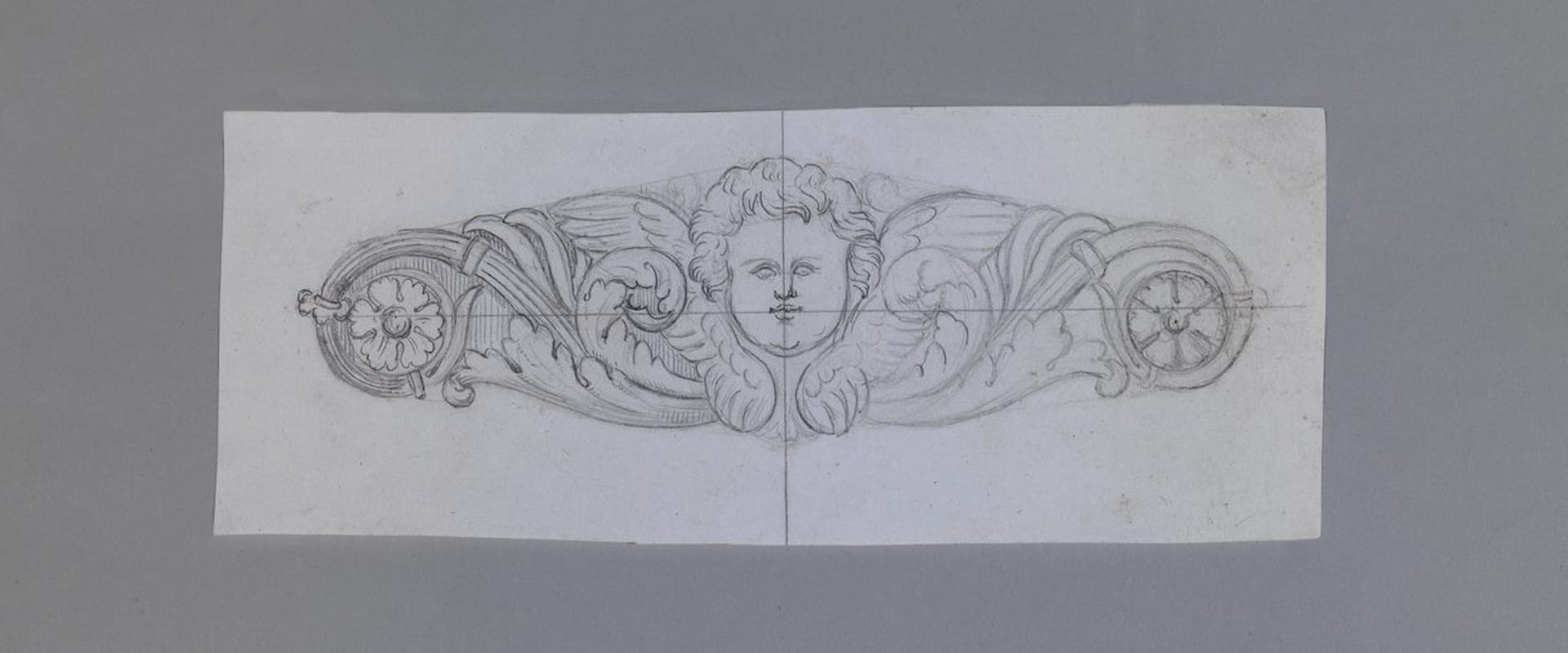A treasure trove of graphic treasures enters the Uffizi collection
A treasure trove of graphic treasures enters the Uffizi collection
Portrayals of historical figures, works of art, precious objects, floral decorations and meticulous architectural geometries: this and much more is contained in the extensive Valadier collection, recently acquired by the Uffizi Galleries, which adds to the vast collection of graphic works of the Prints and Drawings Department. The corpus, consisting of more than two hundred and seventy specimens, can be traced back to the prestigious activity of the Roman workshop of Luigi Valadier (1726-1785), the leading Italian goldsmith of the 18th century, and his
The rich acquisition offers a varied range of graphic techniques. Depending on the nature of the drawing, a different type of paper and a particular artistic technique was selected: pen and brown ink for quick sketches, elaborate watercolours for complete projects such as so-called 'presentation' drawings. Within the workshop, the creation of each sketch resulted from the work of several highly specialised masters. Finally, the drawings passed to numerous craftsmen who transformed the studies into completed works, as the operational instructions on the sheets show.
Another element of variety are the subjects of the drawings. Fifty-seven drafts depict silverware and liturgical objects, such as altar crosses, chalices, pyxes, monstrances; sixty-six depict objets d'art, while almost eighty were intended for "spolvero", i.e. the transfer onto metal sheets of the forms designed on paper. Thirty-nine drawings are devoted to decorations, and nine are preparatory studies for sculptures. Forty-four papers of architectural plans complete the collection, expanding the collection of papers by Giuseppe Valadier of the Department of Prints and Drawings.
Due to the number, quality and close connection of the drawings with the Valadier workshop, the acquisition represents a fundamental enrichment for the Uffizi collections, and is intended as a precise act of protection against the dispersion of the artistic heritage, since many of the drawings now held by the Florentine museum have, in the past, been at the mercy of the foreign antiques market.
